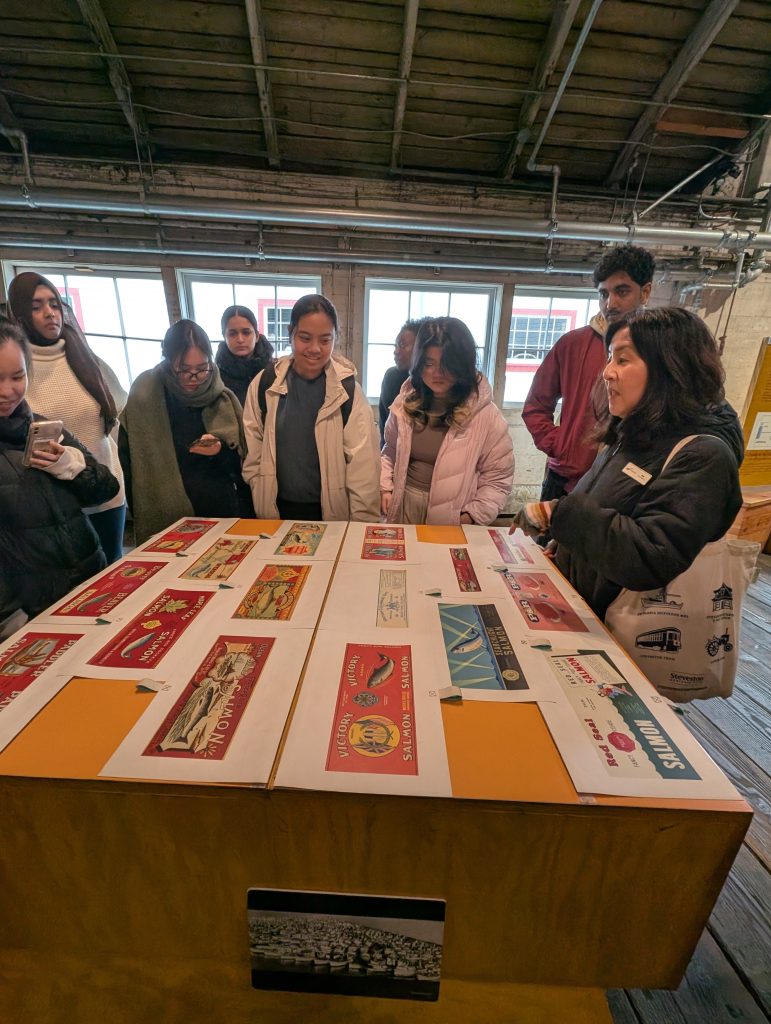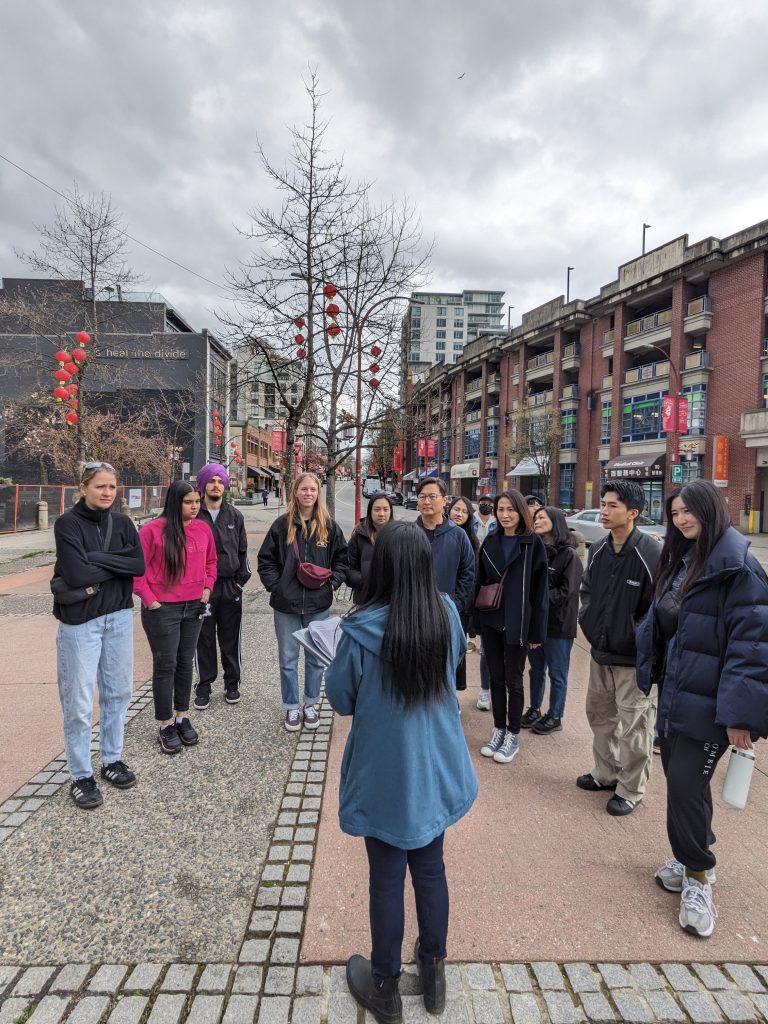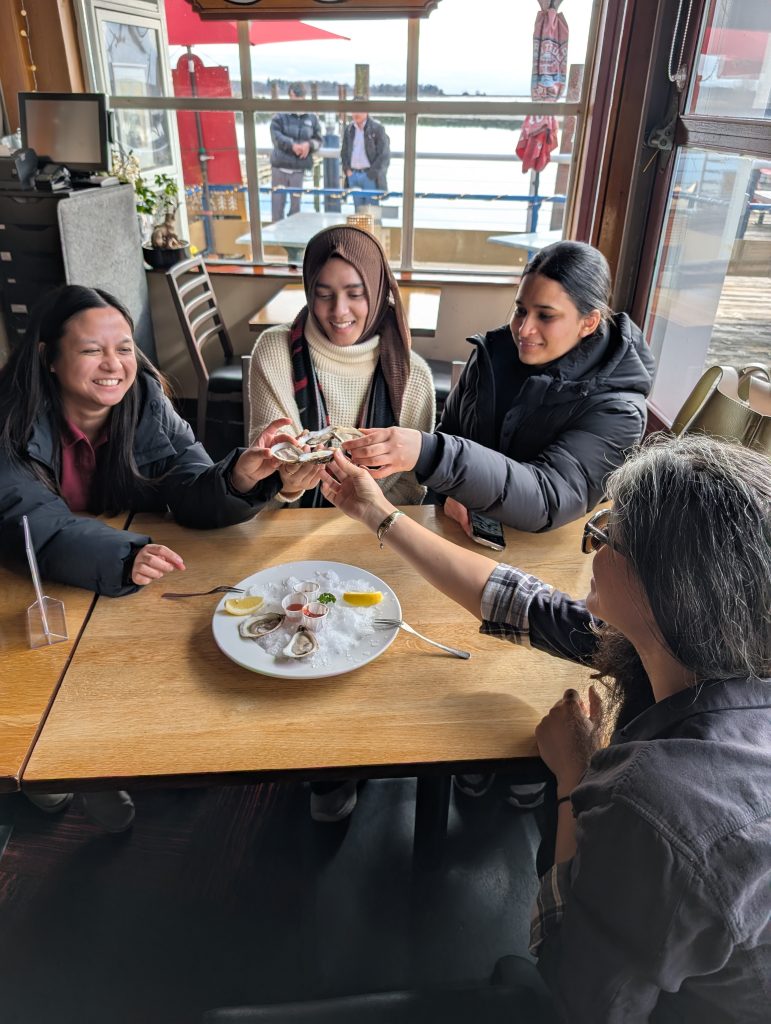At North Vancouver’s Capilano University, students at the School of Tourism Management recently saw first-hand the importance of cultural and culinary tourism on field trips to Chinatown and Steveston Village.
Says instructor Nazmi Kamal, “We are deeply committed to experiential and land-based learning that extends beyond the classroom. As an instructor of gastronomy tourism and cultural connections, I integrate immersive field experiences to deepen students’ understanding of cultural and culinary heritage.”
He continues, “Each year, we visit Vancouver’s historic Chinatown, where students engage with the enduring culinary legacy of Chinese settlement in British Columbia. This excursion becomes a multi-sensory exploration of resilience as students examine the challenges, discrimination and triumphs of the Chinese diaspora in Canada through a culinary lens.”
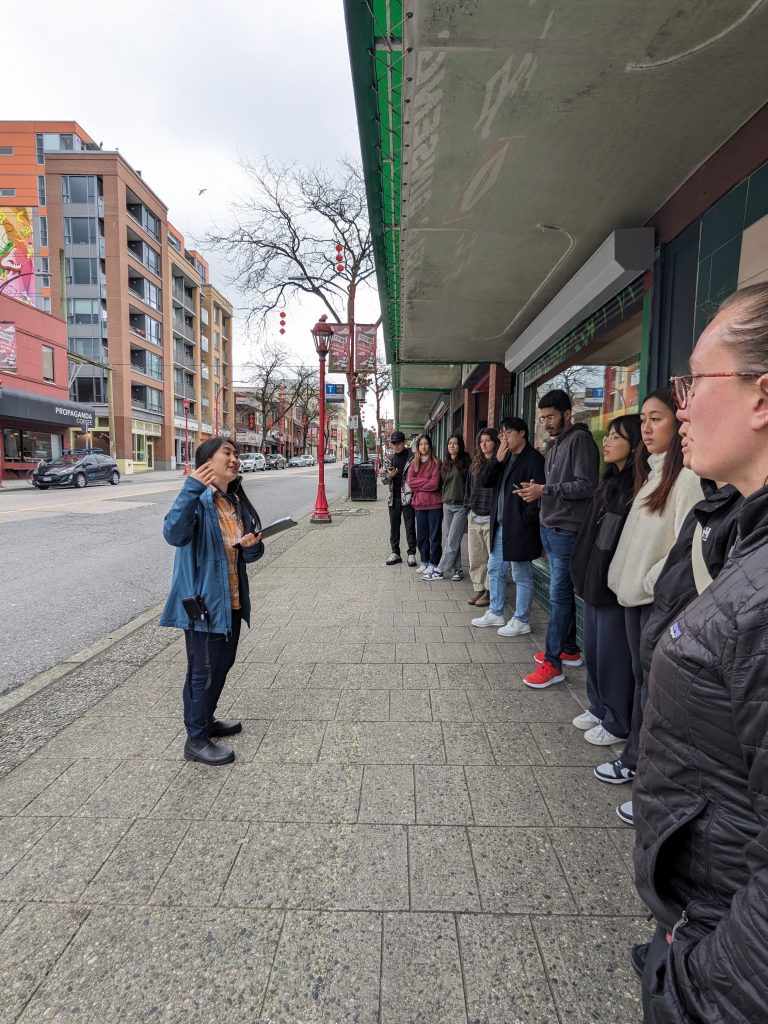
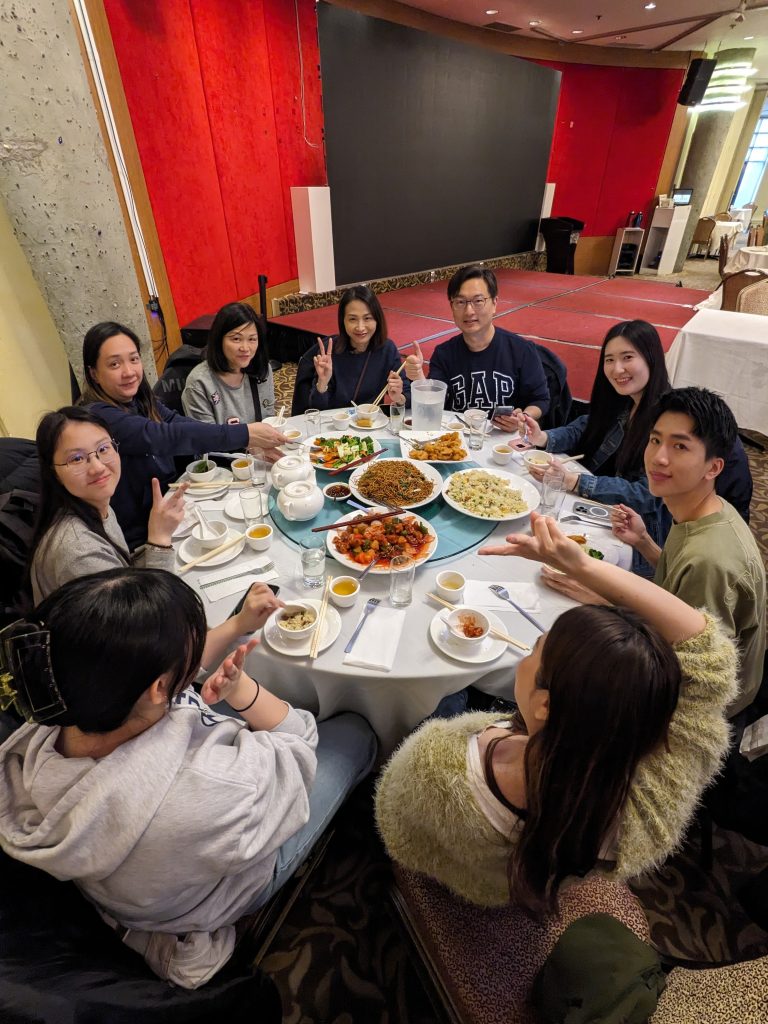
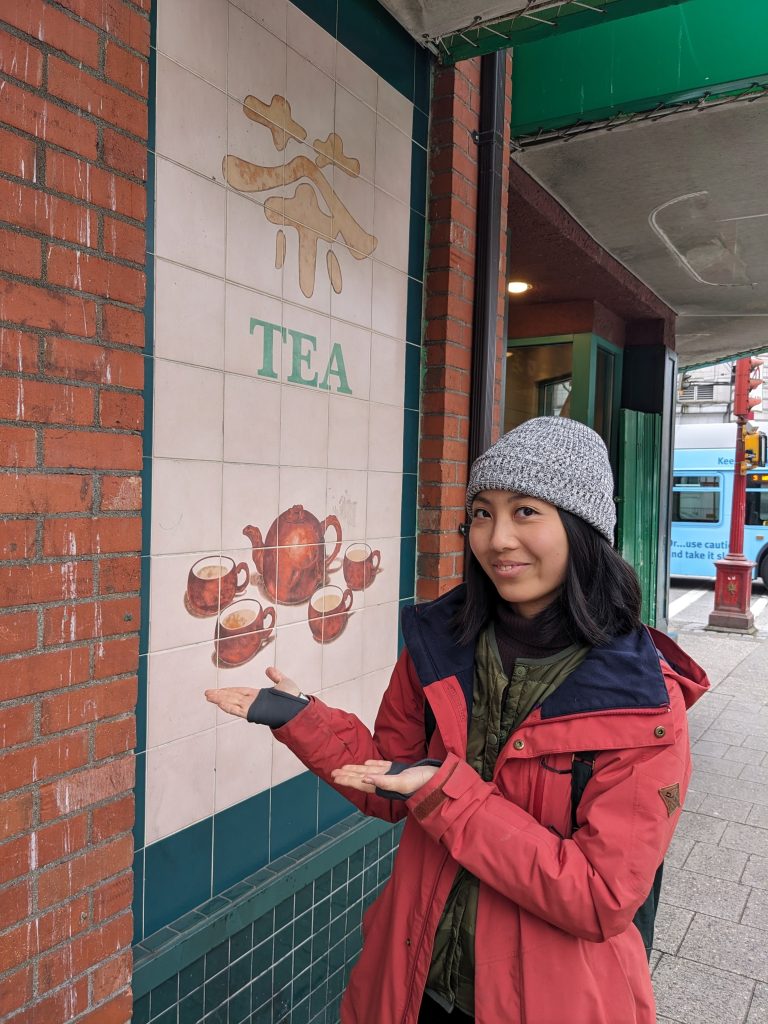
Similarly, in Richmond’s Steveston Village, Kamal says, “We investigate the intersection of Japanese settlement and the region’s once-thriving canning industry. While tracing the village’s historical significance, students also analyze its transformation into a dynamic tourist destination known for its seafood culture and food festivals.”
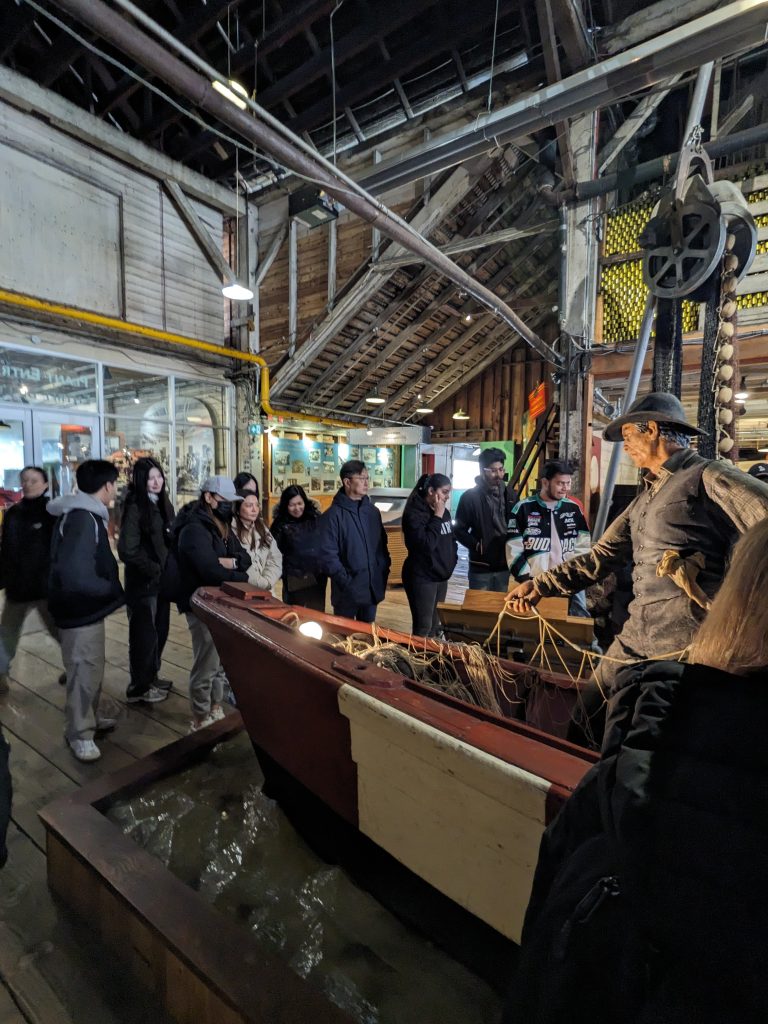
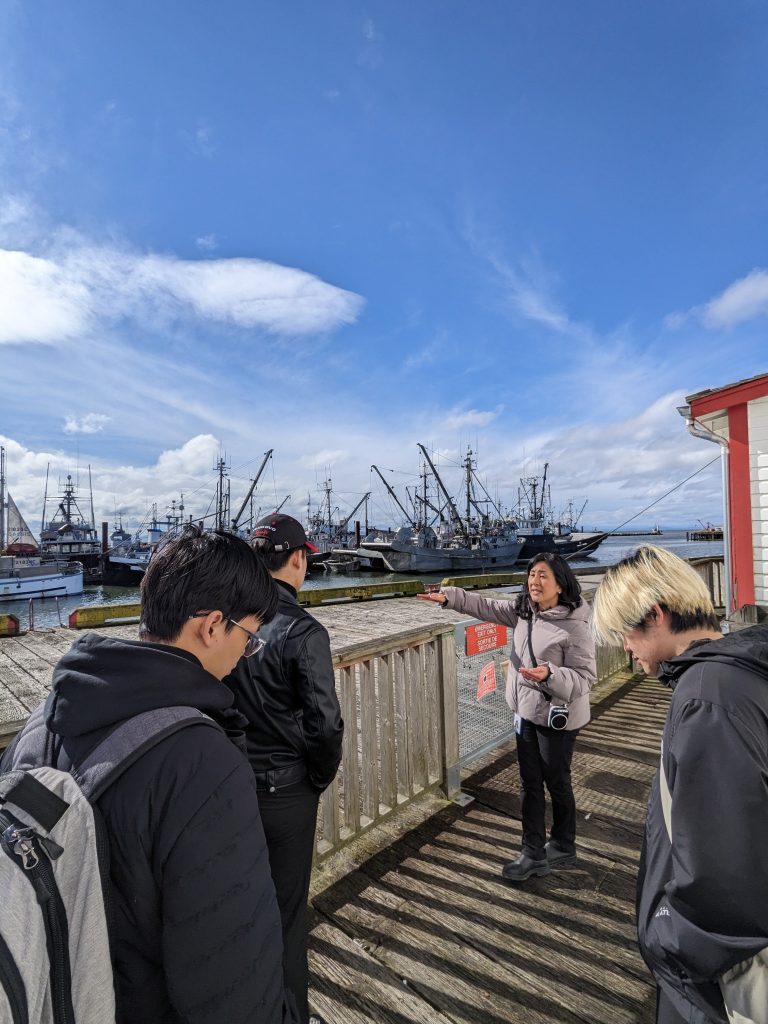
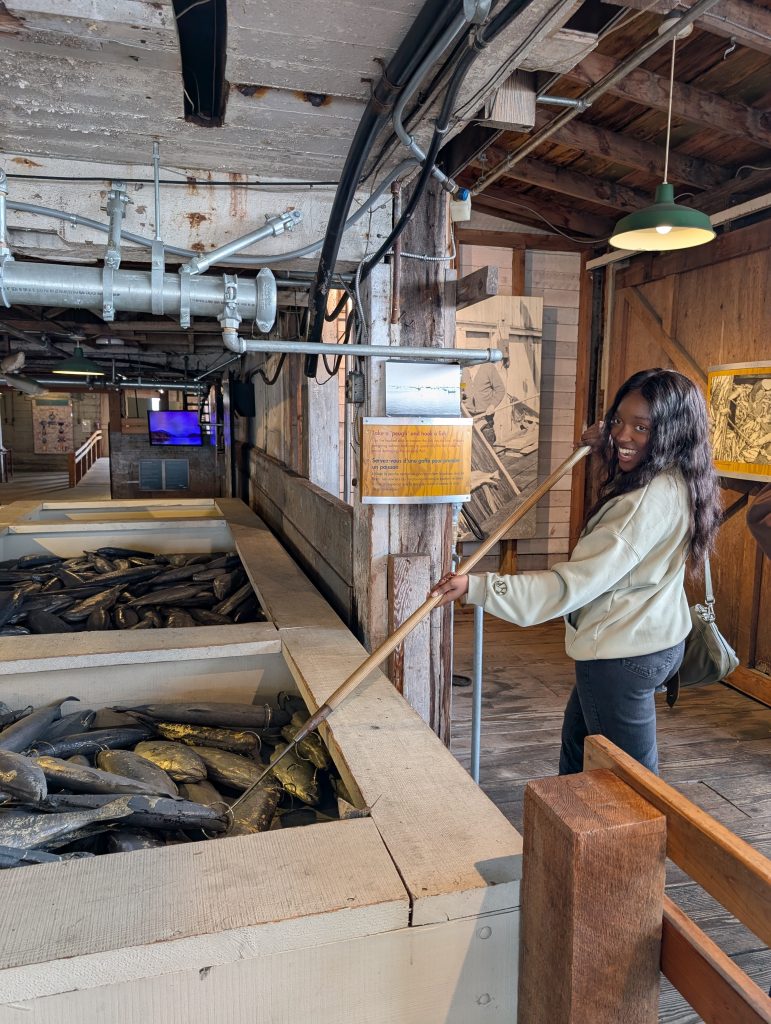
Vancouver’s Chinatown is popular among tourists seeking a vibrant cultural neighbourhood, while Steveston Village is a laid-back and picturesque fishing village. Both have over a century of history, as commemorated in designated heritage sites, and are hotspots for cultural tourism in Greater Vancouver.
Says Kamal, “Through collaborations with local businesses, NGOs, museums, and municipal organizations, we foster meaningful connections, support community engagement, and cultivate a deeper appreciation for the historical narratives that shape British Columbia’s tourism and cultural landscape.”
